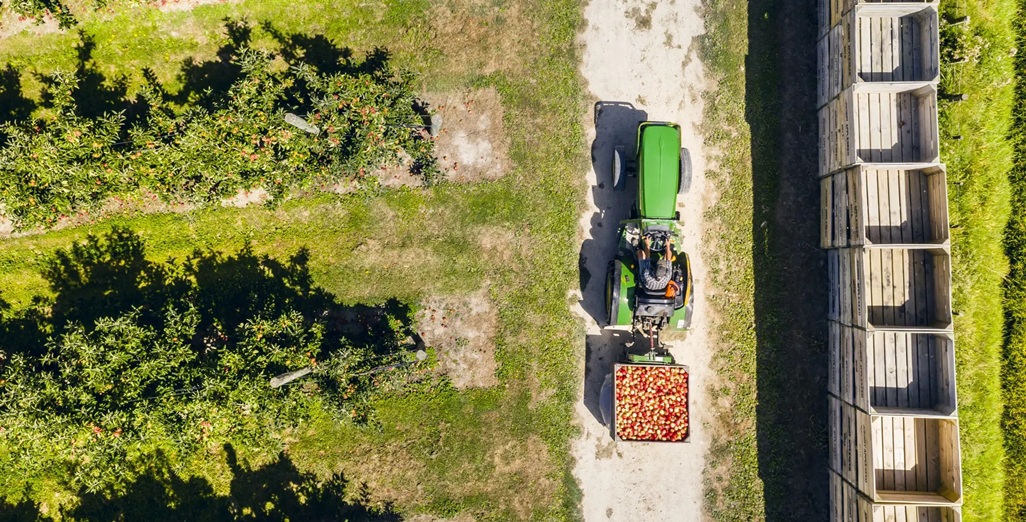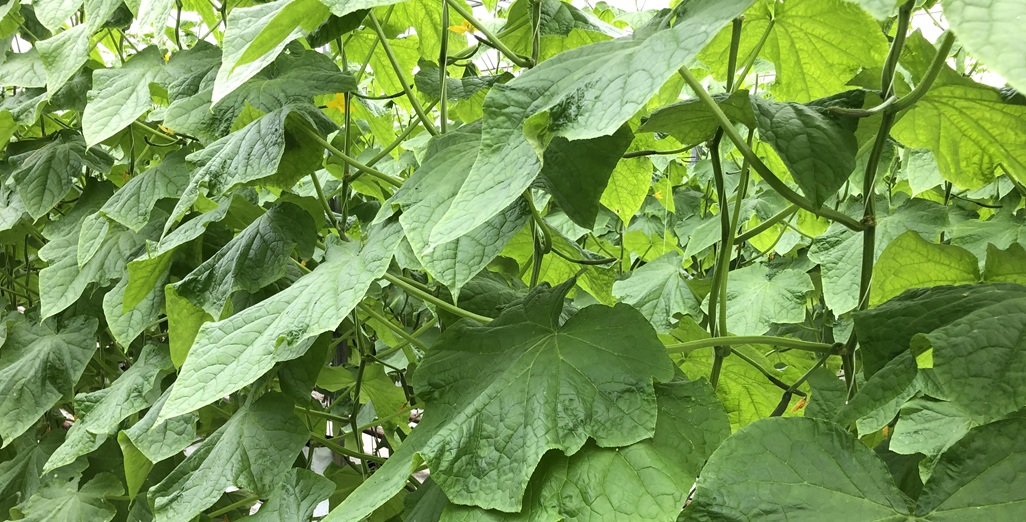Sign up here to subscribe to the Grower2grower Ezine. Every two weeks you will receive new articles, specific to the protected cropping industry, informing you of industry news and events straight to your inbox.
Mar 2020
Control Thrips with Biological Predators

Keep on top of Thrips going into Autumn with Zonda Beneficials – Thripex
What is Thripex?
Thripex is the trade name used by Zonda Beneficials for the predatory mite Amblyseius cucumeris. Thripex is a slightly 'tear shaped' mite, which is beige/pink in colour and is extremely active. Thripex will hunt, kill and eat the eggs and juveniles of both western flower thrips and onion thrips.
How does Thripex work?
Thripex hunt, kill and eat both the eggs and juvenile stages of onion thrips and western flower thrips. They have the added bonus of being able to eat both the eggs and juvenile stages of two-spotted spider mites and other pest mites (such as russet mites and broad mites in capsicums).Thripex perform best in temperatures between 25˚c and 30˚c. At 25˚c under optimal conditions, an adult female Thripex consumes approx. six thrip larvae a day.
As they also feed on pollen, Thripex can be introduced in to some crops, (such as capsicums and eggplants), before thrips are present and can continue to survive after thrips numbers have been reduced. Thripex will survive outdoors quite happily, so are useful in a range of different crops, both indoor and outdoor.
As Thripex feeds on the larval stages of the thrips, a reduction in adult thrips numbers may not be seen immediately.
How is Thripex supplied?
Thripex is supplied to growers in a bran mix that also contains a mould mite, which is used as a food source for Thripex in production.The bran mix is sprinkled lightly over the heads of the plants.From here, the Thripex spread out, and after approximately 3 weeks, you should be able to find Thripex adults and/or eggs on most upper leaves of the plant. Thripex may also be supplied in vermiculite on request.
Standard pack size – 10L bag (min. 100,000 mites)
1L = 10,000 mites = 100m2
Pure Thripex culture can also be purchased by the litre
1 x applicable freight rate charge 1-10L
Freight calculated based on weight and delivery zone – please see FAQs and Ts & Cs for further info
If we experience any unexpected delays or stock shortages one of our team will contact you as soon as possible.
3% surcharge applied for credit card purchases.

Introducing Thripex:
As thrips populations can grow rapidly it is always best to introduce Thripex at either the first sign of thrips, or when the first flowers are to be left on your crop. Thripex should be introduced into a crop with a suitable pollen source, (such as capsicums or eggplants), as soon as there are flowers open, or at the very first sign of thrips.
For crops such as cucumbers or roses, without a suitable pollen source, repeated introductions will be required through the life of the crop.
Thripex prefers a higher humidity than thrips, so misting systems can be very beneficial in hot dry summer conditions.
Several applications of Thripex may be required through the growing system, depending on the thrips pressure.
Release Rates:
First introduction – 2 applications, 2 weeks apart – 50 mites/ per square meter
Preventative / Previous introduction – 500-100 mites/ 50m2 (every 14 days)
Low infestation – 25-500 mites/ 100m2 (every 14 days)
Heavy infestation – 250-500 mites/ 100m2 (every 7 days)
Storage and Handling:
Once received Thripex can be stored for 1-2 days in a cool, dark place at between 10-15˚c.
Biological beneficials should be introduced into the crop as soon as possible after receipt.
The ideal environmental conditions for Thripex are:
– Relative humidity greater than 75%
– Temperatures above 20˚c for some hours of the day. Optimal temperature is between 25-30˚c.
Temperatures above 30 have a negative influence on the development of Thripex. Therefore, Thripex do not generally perform well under very dry and hot conditions.
Before introducing Thripex to any crop it is very important to consider what insecticides or fungicides have been used in the crop within the last two months. Many chemical sprays can have a long lasting residual effect on biological control agents. There is a limited number of chemicals that can be used in a crop when using beneficial mites. Please check the compatibility of certain chemicals before introducing any beneficial. Please refer to the Koppert Side Effects Guide – www.koppert.com/side-effects/.
Photo of Thrips
Contact Zonda for Pollination and Pest Control
Zonda Beneficials
79 Taurangaruru Road, Waiuku- 2683. Auckland
www.zonda.net.nz
zondasales@nzg.co.nz
CLASSIFIED
Subscribe to our E-Zine
More
From This Category

Program launched to unlock grower solutions for Australia’s biggest horticulture challenges

BerryWorld Strawberries Win Gold at 2025 Outstanding Food Producers Awards

Have your say on application for new fungicide

Australian Horticulture production value skyrockets to $17 billion

Bayer says Sivanto Prime has a new way of working that targets sucking pests such as aphids, nysius fly and springtails



.jpg)



























